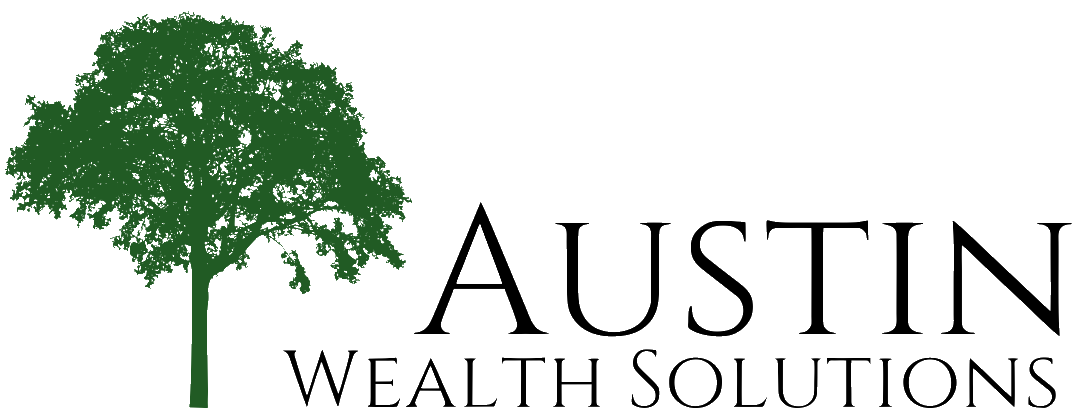I’ll be honest, I know insurance isn’t a very exciting topic. That being said, proper coverage is vitally important to your overall financial well-being. If you happen to be underinsured in even one area and have a claim, the financial consequences can be catastrophic. My hope is that this content at least encourages you to take a moment to review your insurance to ensure that you don’t have any significant gaps in coverage.
When reviewing your auto insurance the first thing to check out is your liability limits. Your liability coverage is going to be what pays for the damages incurred by the other party when you’re in an accident. The state of Ohio by law requires you to carry minimum limits of 25/50/25 ($25k per person for injury/$50k per total accident for injury/$25k for property damage). I would highly encourage far higher rates than this. Say for example that you cause an accident and someone needs life-flighted for medical care. That flight alone could very well cost close to your $25k maximum amount of coverage, and they haven’t even received medical care yet. If they then rack up tens of thousands in medical bills those expenses are coming back on you as the one who caused the accident. They have every legal right to sue you for those expenses, putting your assets and financial well-being in serious danger. As a general rule I recommend, at a minimum, liability limits of 100/300/100. If you have significant assets I would advise even higher limits than that.
When we talk about auto insurance the other two major coverages often discussed are comprehensive and collision coverage. Both of these coverages are specific to the repair of your own vehicle. Comprehensive coverage pays to repair or replace your covered vehicle that was damaged by anything other than a collision with another vehicle. Examples of covered losses under comprehensive coverage include fire, theft, wind, hail, flood and striking an animal. Collision coverage on the other hand covers the repair or replacement of your vehicle after a collision with another vehicle.
When looking for ways to reduce the cost of your auto insurance the deductibles on your comprehensive and collision coverage are the easiest ways. Your deductible is the amount that you owe in the event of an accident before coverage kicks in and takes over. So if you have a $500 deductible you will owe the first $500 and then your insurance will cover any additional repair costs. People often like to have very low deductibles, even as low as $0, which greatly increases your insurance premiums. If you have planned ahead and have an emergency fund set aside (savings account for emergencies) then you can easily cover a larger deductible in the event of an accident. Increasing your deductible from $0 to $1,000 can have a very significant impact on your insurance premiums. One important thing to note; if you have a loan on your vehicle the loan company is likely going to require that you carry both comprehensive and collision coverage. It makes sense, if you total a vehicle that you owe them money on they want to be sure that they get paid through your insurance.
On the home insurance side, I mainly want to hit on some optional coverages that I believe are very important. First, check your liability limits here as well, I recommend $300k at a minimum. Next is guaranteed replacement. Guaranteed replacement means that your insurance policy will completely rebuild your home in the event of a total loss, most often from a fire, no matter what the cost. If your policy does not have guaranteed replacement cost then there is usually a specified amount that the insurance company is going to pay you for your house. If that doesn’t cover the cost to rebuild it then tough luck, you’re on your own. Finally is backup sewer and drain coverage. If you have your basement finished at all then this is an absolute necessity. We’ve all had a friend or family member who has had their pipes back up into their house. This stuff happens fairly often, and most basic policies provide no coverage without adding it.
As I mentioned previously my hope is that this article at least prompts you to review your current coverages. A very significant portion of the public is underinsured, and they don’t fully understand the consequences. Your insurance agent will be more than happy to review coverages with you, and may even recommend some coverages that are important to you that I didn’t mention.
For more information on the services that we offer please visit: www.austinwealthsolutions.com.
Cody Austin
Austin Wealth Solutions
